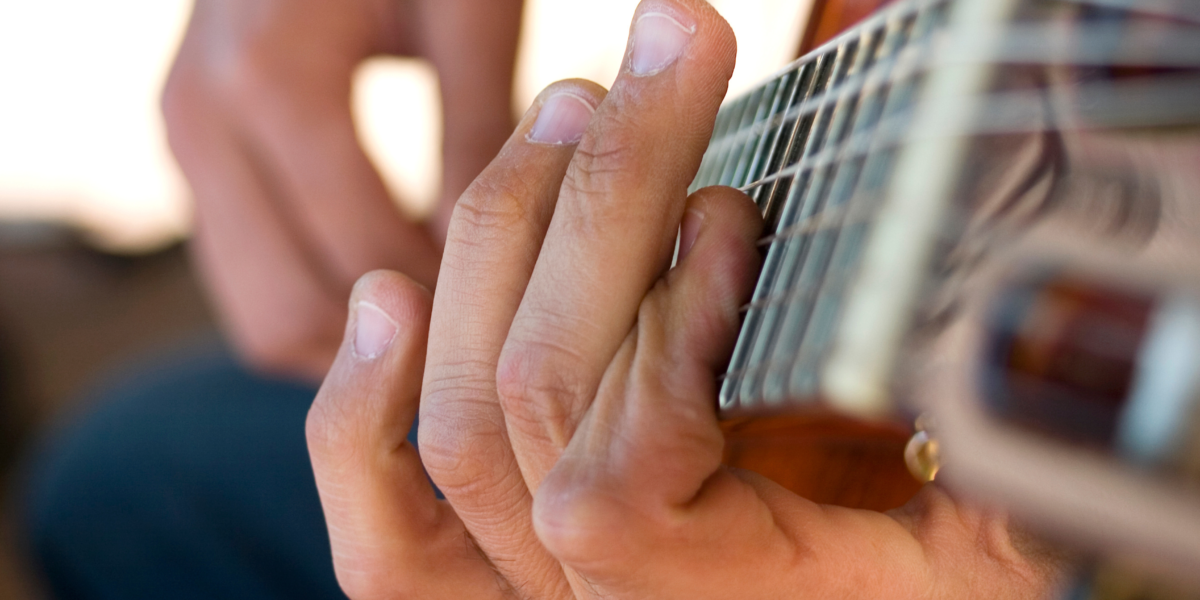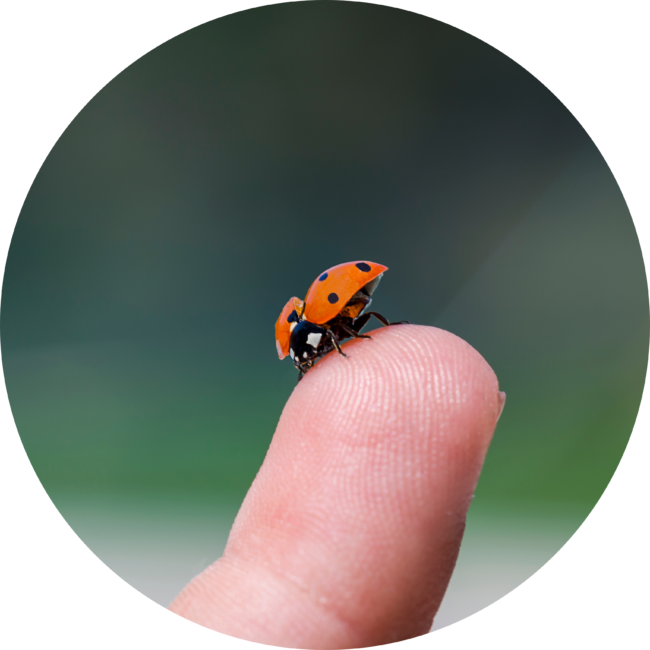Why Do You Need Guitar Calluses And How To Build Them

How long does it take to get guitar calluses? Why do you need them? Find out all the answers in this article.
When you first start playing the guitar, a lot is going on. You’re learning to use your hands and fingers simultaneously. Your body is changing. Not only are you forming neurological pathways, but your physical body is adapting to this new habit.
As a guitarist who loves creating music, you should embrace these transformations. The best way to do that is by understanding the process.
What are guitar calluses?
Calluses are areas of thickened skin that form on the fingers in response to repeated friction and pressure. For a guitarist, it refers to your fretting fingers pressing down on the strings of your instrument.
You can think of them as a rite of passage that all beginners must go through.
Calluses are a natural defense mechanism of the body to protect the underlying skin from damage. When playing the guitar, the pressure of the strings on the fingers can create small tears in the skin.
It’s fascinating how it works. Your body is intelligent. If your fingers experience this minor damage on a single occasion, they will heal and return to their usual ‘soft’ state. However, your body adapts to this new habit because you continue playing. Over time, these tears lead to the formation of calluses.
Are there benefits?
Calluses are an adaptation to a new environment, habit, or demand. They’re beneficial for guitarists as they help to reduce the amount of pain felt when playing.
Within the first few weeks (assuming you’re practicing consistently), you’ll notice that your fingers hurt after playing for a while. That’s perfectly normal. If your body didn’t form calluses, the pain would never end.
You can think of calluses as a shield that allows you to play your guitar for extended periods without pain.
How to build healthy calluses for guitar.
You can search for additional ways to build your callus. There are lots of creative ways people try to develop them, like pressing their fingertips on their credit cards. It’s unnecessary.
The best thing you can do to build your calluses is to play your guitar.
Why bother building your calluses in roundabout ways when you can do so by doing what you’re building them for?
With consistent practice, not only are you making your fingers tougher, but you’re developing your skills.
Looking for a fun way to practice? Guitar scales are essential for musicians of all skill levels. Read our blog Guitar Scales for Beginners: A Comprehensive Guide, and get started!
Try making your practice sessions shorter but more frequent in the earlier stages of your guitar journey. This way, you can still get the necessary practice without damaging your skin.

What part of your fingers do calluses form?
If you’re playing correctly, calluses develop on the tips of your fingers. As you start, they may grow unevenly. However, over time the callus spreads and eventually covers the entire surface of your fingertips–granting you more flexibility when it comes to fretting.
How long does it take to get calluses for the guitar?
Ultimately, the rate calluses form depends on the individual and how often they play guitar. Generally, it takes around two to three weeks for calluses to form on the fingertips.
In the first week, you can expect pain and potentially find it difficult to continue practicing. That’s because you’re inflicting shallow wounds onto your fingers and then proceeding to play with them.
Around the second and third weeks, you start developing a protective layer. The pain generally feels less intense, and you can play for longer periods.
After a month, you should have a solid, protective layer. While the calluses are still building, you shouldn’t feel any more pain.
How long does it take for your calluses to go away?
Of course, if you stop playing the guitar, then there’s no need for your fingers to be tough, and your body gradually softens up.
Luckily, the process of building them is much faster than losing them. Typically, it takes one to two months before your calluses disappear entirely.
Tips to take care of your fingers.
When caring for your fingers, you can generally take a hands-off approach. Developing calluses is a natural response to stimuli.
That being said, occasionally, your calluses may require some love. Your fingertips harden as you play, and your body sheds dead, dry skin. This process isn’t always smooth as it can be shed unevenly. Sometimes (in extreme cases), they can peel or rip off, exposing tender skin. This disaster can put you out of practice for a week.
While it may be tempting, do not pick at your calluses. To avoid this, you can smoothen things by rubbing your fingers with a pumice stone. This shaves down any excess skin, keeping them healthy and strong.
Everyone’s skin is different. We produce different amounts of oils which result in moister or dryer skin. Therefore, some people may need to provide their skin with additional care.
You can take these steps to keep your fingers happy and healthy:
1. Keep your nails trimmed.
2. Don’t bite your nails.
3. Keep your hands clean.
4. Apply lotion to your hands regularly.
5. Don’t play with wet hands.
6. Take breaks often.
Building calluses is part of learning to play guitar and a natural reaction by your body. You’re applying pressure on steel strings, after all. While it can be uncomfortable initially, you can practice to your heart’s content once you develop them.
At Simply, we provide musicians with tools and information to improve their skills. One of the ways we do this is through our app Simply Guitar. Practice your guitar in virtually any environment! The lessons are short and sweet, allowing you to learn and improve comfortably.









